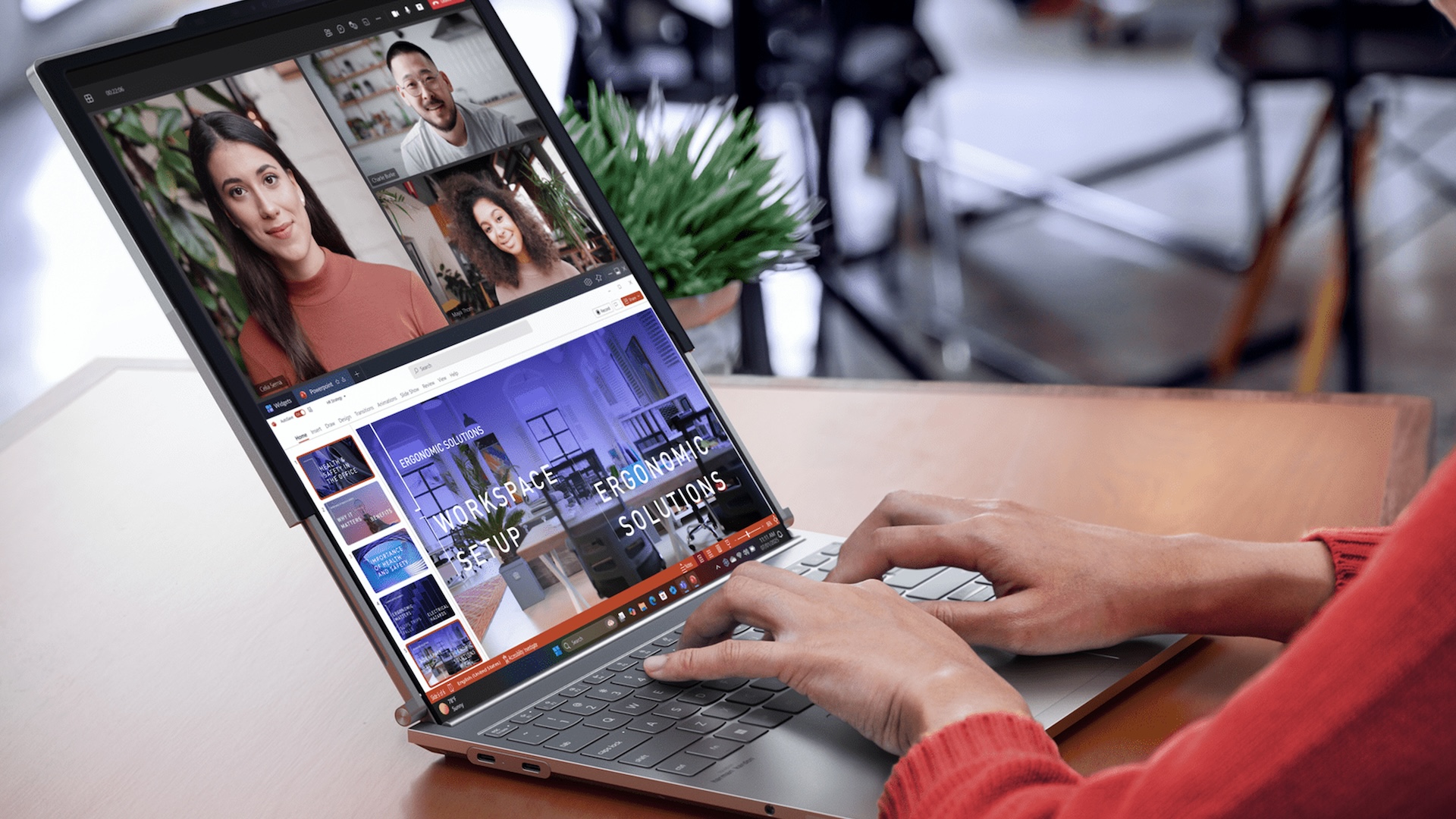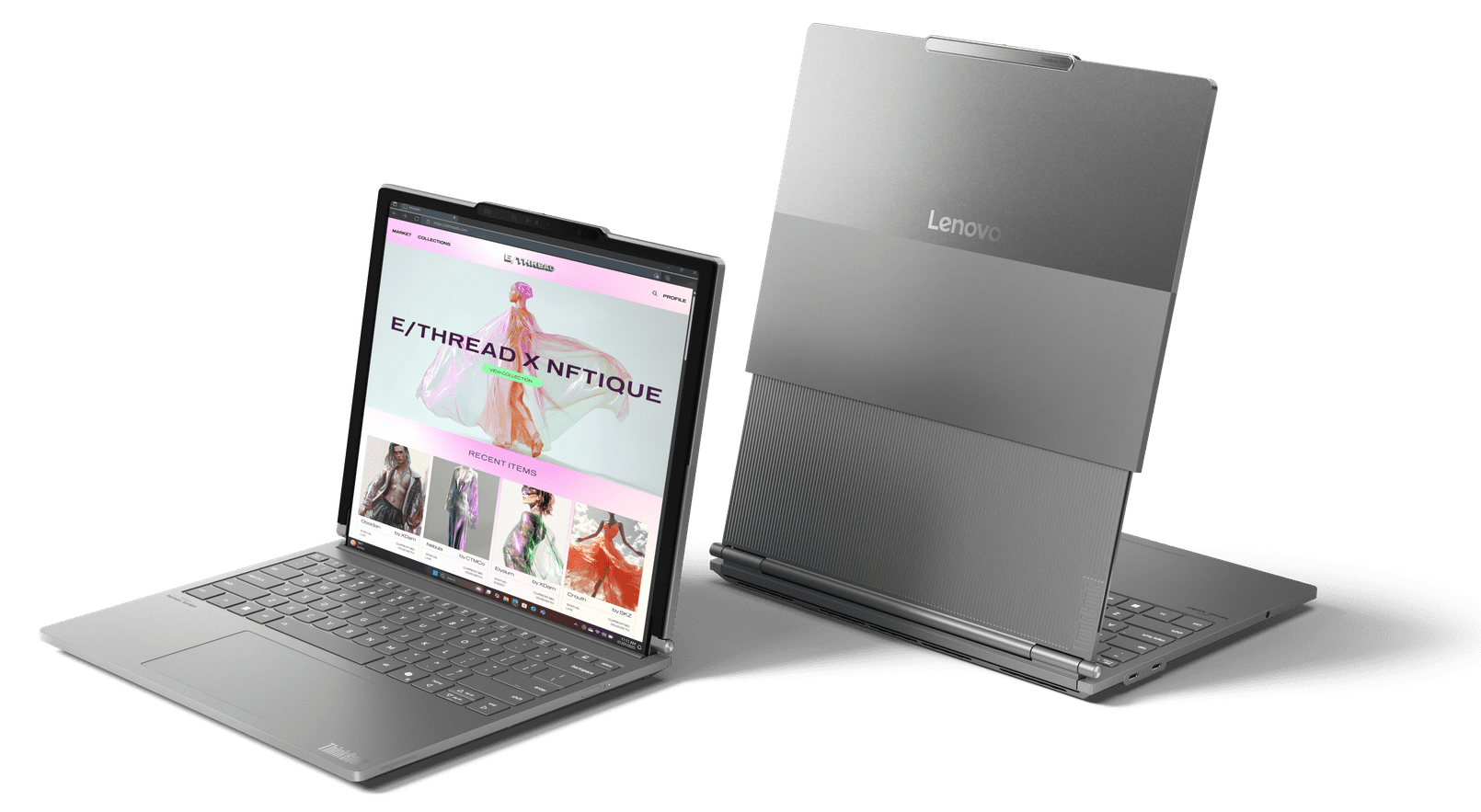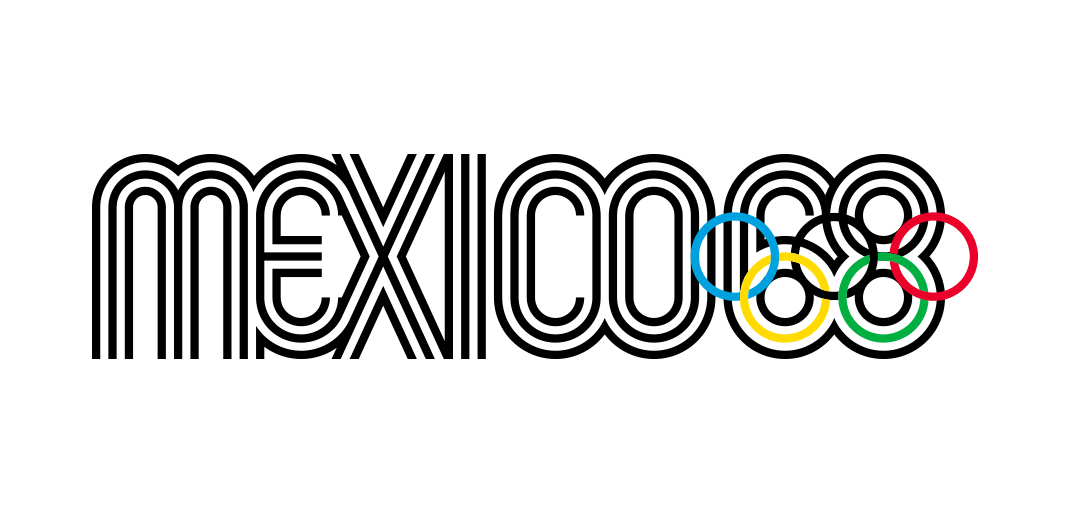Is it just me or does Lenovo's rollable laptop design look a little ridiculous?
People are fawning over the gadget at CES.

It's that time of year again, when tech companies across the globe show off their visions of the future at CES. We've seen all sorts of weird and wonderful gadgets at the tech conference already this year, many of which we didn't know we needed (and many of which we're still not sure we do). But one product that seems to have got tech writers' collective hearts all aflutter is Lenovo's new 'rollable screen' laptop.
The idea of the rollable screen isn't entirely new – we've seen concepts for mobile phones that make use of the expanding screen tech. But Lenovo's catchily named ThinkBook Plus Gen 6 Rollable AI PC could be the first to actually hit the market. Many have been impressed with the rolling action – but is the fundamental design of the notebook computer suited to a super-tall display?
According to Lenovo, the ThinkBook Plus Gen 6 Rollable AI PC "combines the portability of a traditional laptop with the expanded workspace of a larger device", creating a vertical screen at the touch of a button. "By vertically expanding from a compact 14-inch display to a generous 16.7 inches by simple press of a dedicated key or through hand gestures to the camera, users gain nearly 50% additional screen space in a portable form factor, making it ideal for business users who need flexibility and efficiency on the go."
Videos of the rolling action are certainly impressive. While the motor seems a little loud, the upwards extending motion only takes a few seconds. And there are a few use cases where a vertical display makes sense, such as coding, working on portrait documents, and, er, watching Reels?

But while it's admirable that brands are looking to innovate in what's arguably becoming an increasingly stagnant world of tech product design, when looking at the fully extended laptop, I can't help but wonder if this was a problem that didn't need to be solved. The whole thing looks almost amusingly deformed and top-heavy, and one presumes the laws of science have forced Lenovo to keep the bottom half of the laptop weighty to avoid it toppling over.
And it seems the tech brings some limitations. According to Forbes, a Lenovo spokesperson claims it's "hugely challenging to add a touchscreen layer to the rollable screen". And then there's the price – at $3,499, it seems innovation comes at a cost.
Time will tell whether rollable vertical displays will take off, but for my money, it feels like a confusing confluence of form factors. For a vertical display, right now I'd be happy sticking with my phone or tablet. But then again, with even Apple considering ways to merge the MacBook and iPad, perhaps we'd better start getting used to more hybrid designs.
Get the Creative Bloq Newsletter
Daily design news, reviews, how-tos and more, as picked by the editors.

Thank you for reading 5 articles this month* Join now for unlimited access
Enjoy your first month for just £1 / $1 / €1
*Read 5 free articles per month without a subscription

Join now for unlimited access
Try first month for just £1 / $1 / €1

Daniel John is Design Editor at Creative Bloq. He reports on the worlds of design, branding and lifestyle tech, and has covered several industry events including Milan Design Week, OFFF Barcelona and Adobe Max in Los Angeles. He has interviewed leaders and designers at brands including Apple, Microsoft and Adobe. Daniel's debut book of short stories and poems was published in 2018, and his comedy newsletter is a Substack Bestseller.

